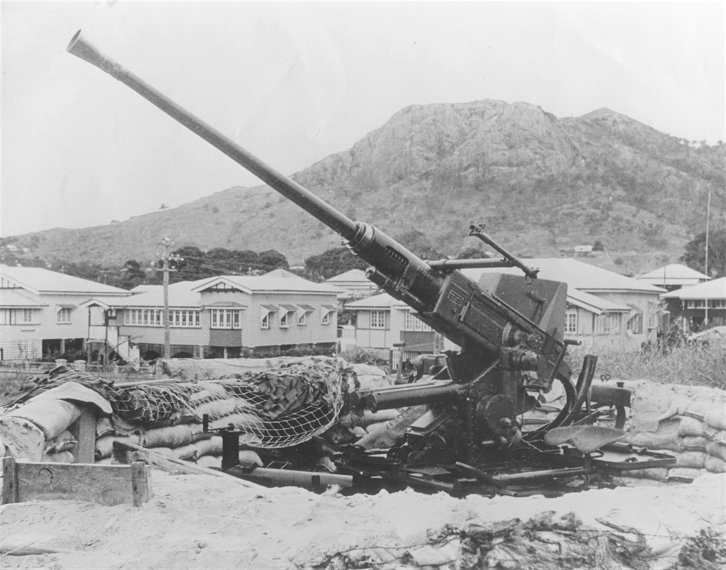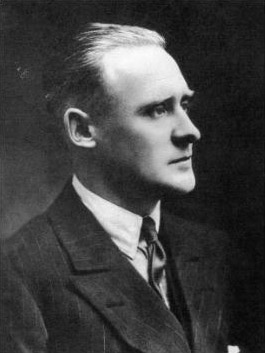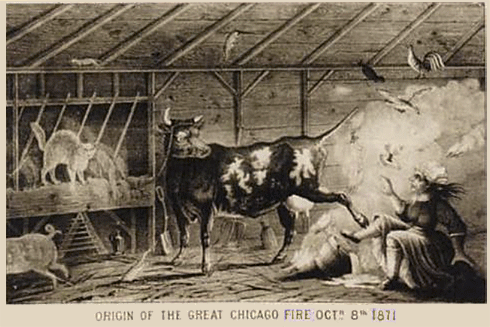
When I was in law school more than 20 years ago, one of my professors told me what was a very old story even then in the eighties. Once, an elderly Texas judge had been chided by some of his colleagues in other states that in Texas, the prescribed penalty for horse-thieving was more severe than that for 2nd-degree murder (if you kill someone in a fit of rage in Texas, you are quite likely to only serve 5 years). The elderly Texan’s rejoinder was, “Yep, we have some people down here that need killin’, but we don’t have any horses that need stealin’.” After giving the matter a great deal of thought over the years, my version of that statement would be, “There’s some people that need killing (or executing), but there aren’t any people that need raping.” This heinous crime has destroyed countless lives, and it had also given us some of our nation’s most notorious criminals. Case in point: look no further than Clyde Barrow, better known as one half of the infamous crime duo Bonnie and Clyde.
Clyde Barrow was a scrawny kid who was sentenced to prison in the late 1920s. In the words of one of his sisters, Clyde “went into prison a schoolboy and came out a rattlesnake.” Clyde was barely out of his teens when he killed a man for the first time: he beat another inmate to death with a lead pipe. There was no official action taken. I could make a pretty good guess as to why Barrow killed that man.
Clyde Barrow was no criminal genius, but he had a good understanding of two things: mobility and firepower. On Christmas Day, 1932 a man named Doyle Johnson and his wife came upon Clyde Barrow in the process of stealing Johnson’s new Ford V8. When Mr. Johnson tried to stop him, Barrow shot Johnson in the neck at point-blank range before driving off. He died of his wounds the next day. All things considered, that was a pretty lousy Christmas for the Johnson family.
Some outlaws are notorious for wielding pistols, and Prohibition-era gangsters are notorious for their Thompson machine guns. Clyde Barrow was a whole lot craftier in that regard. He went to great lengths to steal Browning Automatic Rifles from national guard armories. For readers not trained in the use of firearms, while serving in the Nay I qualified with both the M-16 automatic rifle and the Colt 45 pistol. Anyone who can hit a moving target with a pistol shot at more than 20 yards is either very good or very lucky. With an automatic rifle, I can hit a man-sized target at 200 yards just about every time.
So in case anyone reading this has ever wondered how Clyde Barrow and his gang managed to stay at large for so long, consider that most police officers in the 1930s drove their own vehicles and carried nothing more than pistols. Would you really want to take a six shooter into a gunfight with a man who can fire off 20 round-bursts in a couple seconds, reload, then fire another 20 rounds? I think not.
One of the chapters in Clyde Barrow’s life that stands out to me is that of all the outlaws I’ve read about, there has only been one who had such an abiding hatred of the prison he served time in that he actually went back to that institution and sprung a friend form work detail, killing a prison guard in the process.
Clyde always said they’d never take him alive, and he was as good as his word. In the course of his gang’s activity, he and his gang were responsible for killing 8 police officers, about as many kidnappings, and being in possession of three browning rifles, each of which carried a life sentence.
The 1967 film Bonnie and Clyde, starring Warren Beatty and Faye Dunaway, tended to glamorize Barrow and Parker. The reality is far different. On one occasion, Barrow and an accomplice shot a store clerk to death to attain 20 dollars and a bag of groceries.

One aspect of the film that is accurate is that the Barrow gang was, at least partially, a family affair. Three weeks after Clyde’s brother Buck got out of prison, Buck and his wife Blanche joined in on their crime spree. Buck was shot to death in a police ambush in which Blanche lost the sight in one eye, and she wound up serving six years in prison. Blanche Barrow is one of the few people I have ever heard of who lived long enough to watch an actress accept an academy award for portraying her on the screen. Estelle Parsons won an Oscar for Best Supporting Actress in 1967. Blanche did not enjoy the portrayal at all, claiming that Parsons sounded like a “braying jackass.”
About the only thing I can say for Bonnie and Clyde is that they did not kill Ford LaFonda. He didn’t kill for the fun of it. He wouldn’t have hesitated to kill anyone he viewed as a threat, but he never murdered for sport. On a couple occasions they took hostages and released them unharmed.
One of these hostage incidents proves to me that true stories are better than anything you’ll ever find in fiction.
One evening, Parker and Barrow carjacked a young woman in Louisiana named Sophia Stone who was a young home demonstration agent, as well as her boyfriend Dillard Darby. I felt a chill when I first learned of this—a few years later in a nearby state, my mother was a home demonstration agent. Stone and Darby were terrified, but Bonnie Parker was quite cheerful. She made conversation, asking young Mr. Darby what he did for a living. When he told her his occupation, Bonnie Parker had a complete giggling fit, and when she finally stopped laughing, she said, “Mr Darby will probably be giving us some business here soon.” Mr Darby was an embalmer.
Bonnie and Clyde released the immensely relieved couple unharmed. Bonnie instructed them to tell the world that she did not smoke cigars (she did chain-smoke cigarettes, but there’s some question as to whether the infamous picture of Bonnie with a cigar in her mouth was the result of a gag or the newspaper’s unscrupulous re-touching).
Less than a year later, a posse of lawmen armed with BARs, tommyguns, shotguns, and pistols, riddled Barrow’s car with bullets. Clyde was killed instantly, but Bonnie had a few seconds to realize this was the end of the line. It’s likely the posse did not give them any warning. In view of Clyde’s past record, I can’t say that I blame them in the least. Young Dillard Darby from the car-napping a year before was summoned first to identify the bodies, and secondly to assist in the embalming., He found, however, that since both Bonnie and Clyde had suffered up to 25 gunshot wounds apiece, that it was extremely difficult to keep the embalming fluid in their system.

Bonnie Parker did have a gift with rhyme. She left behind a poem that ends:
Someday they’ll go down together
They’ll bury them side by side
To few it’ll be grief,
For the law, relief,
But it’s death for Bonnie and Clyde.
Ironically enough, the Parker family insisted on burying Bonnie far from her gangster boyfriend.






















